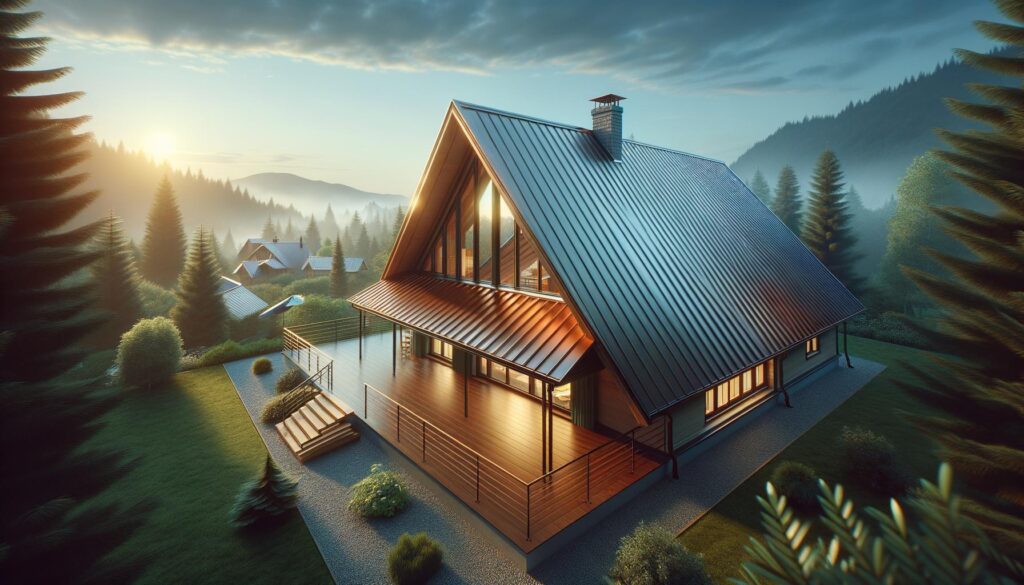Exploring the Advantages of Metal Roofing

Durability and Longevity
Metal roofing is renowned for its exceptional durability and longevity, making it a valued choice for homeowners and builders alike. Unlike traditional roofing materials such as asphalt shingles, metal roofs can withstand the elements far more effectively. They are resistant to high winds, heavy rain, and even hailstorms. This robustness not only protects your home but also reduces long-term maintenance and replacement costs. It’s not uncommon for a well-installed metal roof to last 40 to 70 years, meaning that a single investment can serve you for a lifetime.
Energy Efficiency and Environmental Impact
In addition to their resilience, metal roofs are highly energy-efficient. They reflect solar radiant heat, which can reduce cooling costs by 10 to 25% in warmer climates. The design of metal roofing, often coated with reflective surfaces, helps to maintain cooler temperatures inside the home during summer. Furthermore, metal roofs are an environmentally friendly choice because they are often made from recycled materials and are 100% recyclable at the end of their life cycle. This contrasts sharply with asphalt shingles, which contribute significantly to landfill waste.
Versatility in Design
Metal roofing is not just about functionality; it also offers aesthetic versatility. Homeowners can choose from a variety of styles, colors, and finishes, allowing them to complement the architecture of any home. Some popular options include standing seam panels, metal shingles, and stone-coated metal tiles. This versatility ensures that metal roofing can meet the needs of both traditional and modern home designs. Additionally, the sleek look of metal roofs can enhance a home’s curb appeal, potentially increasing property value.
Installation and Safety Considerations
Installing a metal roof requires professional expertise, as improper installation can lead to issues such as water intrusion. However, when done correctly, metal roofing offers additional safety benefits, such as fire resistance. Metal roofs are non-combustible, providing an extra layer of protection in wildfire-prone areas. Installation typically involves fastening large panels to the roof structure, and while the upfront costs may be higher than other materials, the long-term savings in energy costs, insurance premiums, and maintenance can offset this initial investment.
Cost Analysis and Investment Value
While metal roofing is generally more expensive than alternatives like asphalt shingles, it’s important to consider the overall investment value. The cost of metal roofing can vary based on the type of material used, the complexity of the installation, and the geographic location. However, many homeowners find that the benefits of durability, energy savings, and reduced maintenance costs provide a substantial return on investment. Over time, these financial and practical advantages can greatly outweigh the initial expense.
Conclusion
Metal roofing presents a compelling choice for those looking to safeguard their homes with a long-lasting, energy-efficient, and aesthetically pleasing option. With its numerous advantages, from environmental benefits to aesthetic appeal, metal roofing stands out as a practical investment for homeowners seeking reliability and style. It’s clear that the durability, versatility, and efficiency of metal roofing offer a smart solution for a wide range of architectural needs.
